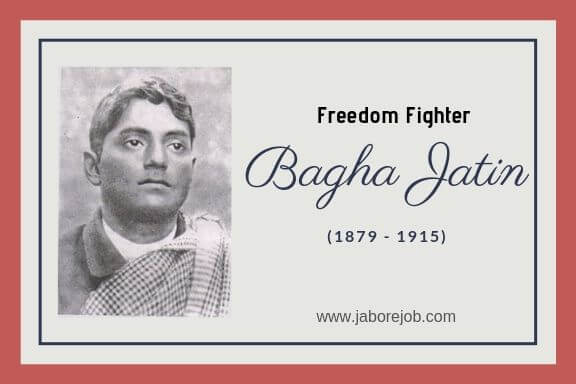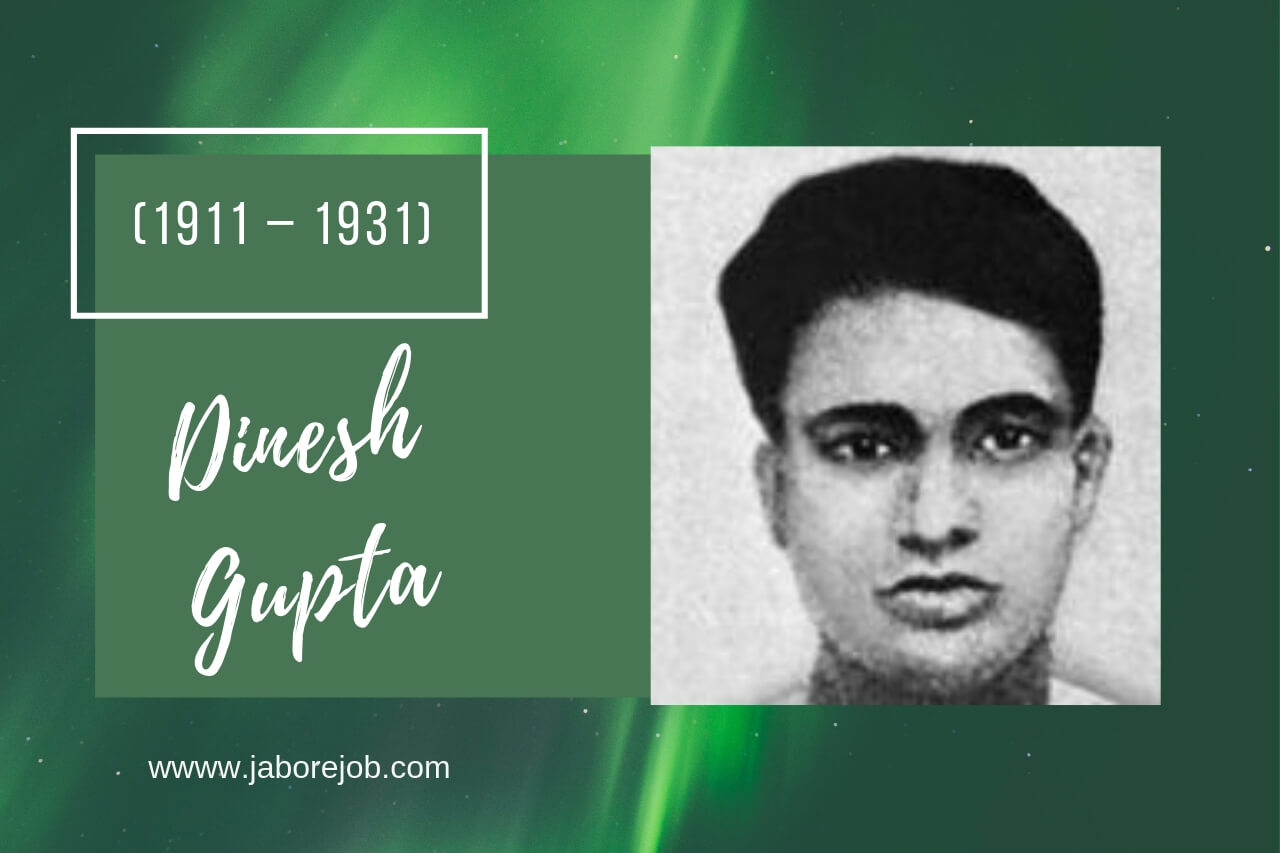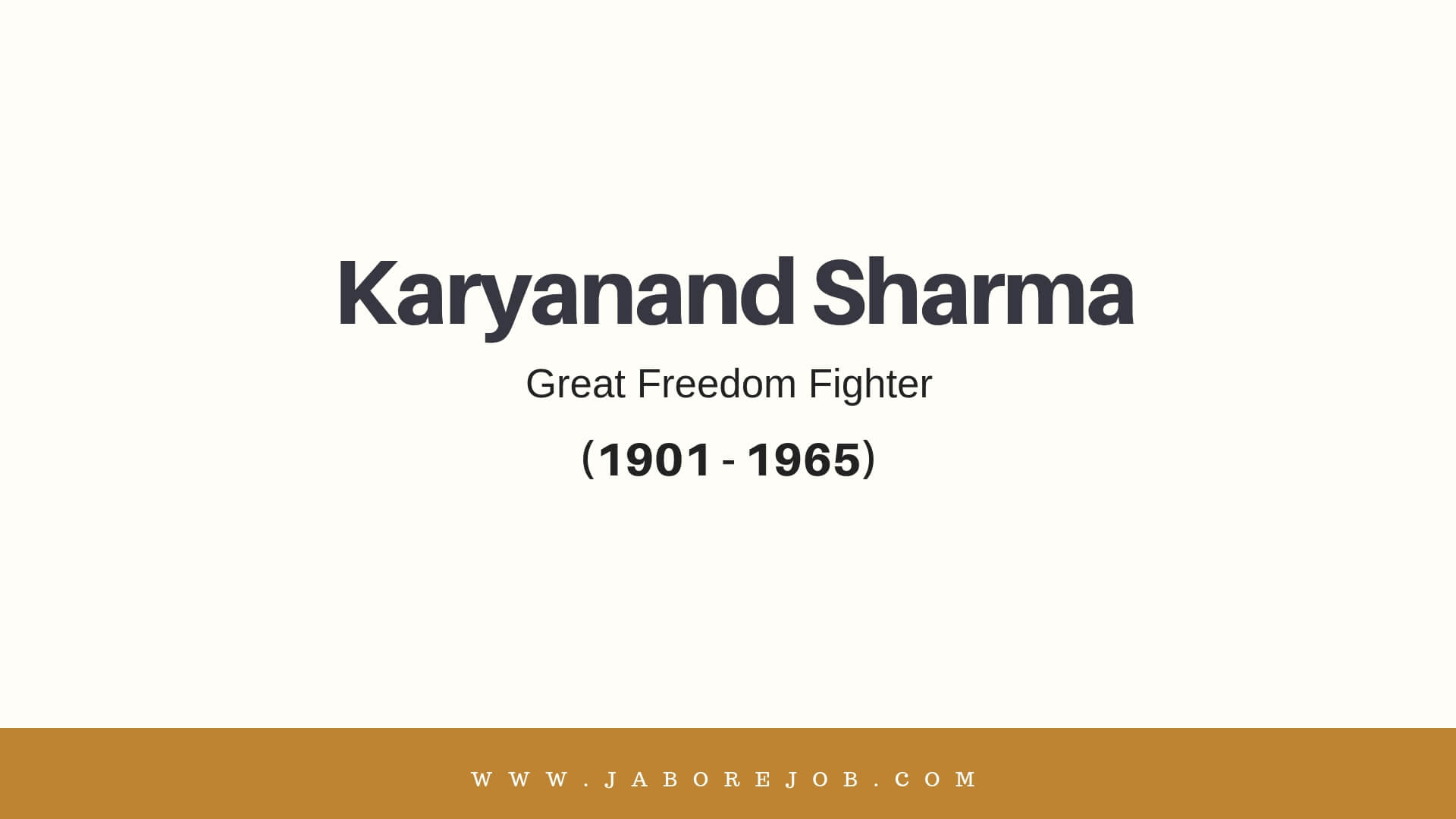The National Anthem of India is Jana Gana Mana is one of the National Symbol of India which was written by the poet Rabindranath Tagore and originally composed in Bengali “Bharoto Bhagyo Bidhata”.
The first stanza of the song, Bharoto Bhagyo Bidhata, was adopted on January 24, 1950, by the Constituent Assembly of India as the national anthem.
It takes 52 seconds to sing the National anthem containing 5 stanzas and it also has a shorter version including the first and last line (which takes approximately 20 seconds) is also sung sometimes.
Jana Gana Mana was sung for the first time in public on 27th December 1911, during the session of the Indian National Congress in Calcutta (now Kolkata).
National Anthem of India – “Jana Gana Mana”
National Anthem of India Lyrics
Jana-gana-mana-adhinayaka jaya he
Bharata-bhagya-vidhata
Punjaba-Sindhu-Gujarata-Maratha
Dravida-Utkala-Banga
Vindhya-Himachala-Yamuna-Ganga
uchchala-jaladhi-taranga
Tava shubha name jage, tava shubha asisa mage,
gahe tava jaya-gatha.
Jana-gana-mangala-dayaka jaya he
Bharata-bhagya-vidhata.
Jaya he, Jaya he, Jaya he,
jaya jaya jaya, jaya he.
We give respect for our national anthem by standing up whenever it is played, it is a symbolic representation of our respect towards our nation.
Information on the National Anthem of India
| Jana Gana Mana | – | Jana Gana Mana |
| Music Composed | – | Rabindranath Tagore |
| Lyrics Written | – | Rabindranath Tagore |
| Raga | – | Alhiya Bilawal |
| Written Date | – | 11th December 1911 |
| First Sung on | – | 27th December 1911 |
| Official Declaration Date | – | 24th January 1950 |
| Time Takes to Play | – | 52 seconds |
| Underlying message | – | Pluralism/Unity in Diversity |
History of National Anthem
The poem was first publicly recited on the second day of the annual session of the Indian National Congress in Calcutta (now Kolkata) on 27th December 1911, and again in January 1912 at the annual Adi Brahmo Samaj.
In Feb 1905, the poem was published under the title Bharat Bhagya Bidhata in the Tatwabodhini Patrika, which was the official publication of Brahmo Samaj with Tagore.
In 1912, the song was performed by Sarala Devi Chowdhurani, Tagore’s niece, along with a group of students, in front of Congress figures such as Bishan Narayan Dhar, president of the Indian National Congress, and Ambika Charan Majumdar.
The song was first sung outside Calcutta by the poet himself during a session at the Besant Theosophical College in Madanapalle, Andhra Pradesh, on 28th Feb 1919, when Tagore went to college and sang the song captivated the students while Margaret Cousins.
Then deputy director of the university (also an expert in European music and the wife of the Irish poet James Cousins), asked Tagore to create an English translation of the song and establish the musical notation.
The national anthem, which is only followed when the song is sung in the original slow-acting style. Tagore translated the work into English on February 28, 1919, entitled The Morning Song of India. The university adopted the translation of the Tagore song as a prayer song that is sung until now.
Before being the National Anthem of India, “Jana Gana Mana” was heard in the movie Hamrahi (1945). It was also the official song of The Doon School, Dehradun.
On the occasion of the liberation of India, the Constituent Assembly of India met for the first time as a sovereign body on August 14, 1947, at midnight. The session ended with a unanimous representation of Jana Gana Mana.
Members of the Indian delegation to the United Nations General Assembly held in New York in 1947 registered Jana Gana Mana as the national anthem of the country. The song was performed by the house orchestra in front of a meeting of representatives from around the world.
On 27th of December 2011 marks an important date by achieving 100 years for our National Anthem – Jana Gana Mana from the time it was sung for the first time.
Some Interesting Facts About Our National Anthem
1. The false myth that Jana Gana Mana was written and composed by Tagore to praise George IV, who came to India in 1911. Because he mentioned in a letter clearly dated 19th March 1939, that he is not stupid to praise George IV or George V.
2. There is a false statement on the internet that UNESCO declared our National Anthem as the best in the world but in an interview, UNESCO denied the statement and said that they did not say it.
3. Even though our National Anthem was first sung on 27th December 1911 in the Indian National Congress Session, it was officially declared on 24th January 1950. It took a long time to reach the masses.
4. Netaji Subhas Chandra Bose produced a free translation of the national anthem from Sanskritized Bengali to Urdu-Hindi. The translation was written and composed by Captain Abid Ali and Captain Ram Singh Thakur respectively and it was called Subah Sukh Chain.
5. There is no compulsive law to sing the National Anthem but choosing to only stand in silence is considered as showing respect.
6. In 2005, many people protested and demanded the elimination of the word Sindh and its replacement with the word Kashmir. The argument was that Sind is now part of Kashmir.
Download: Happy Independence Day Images 2022












